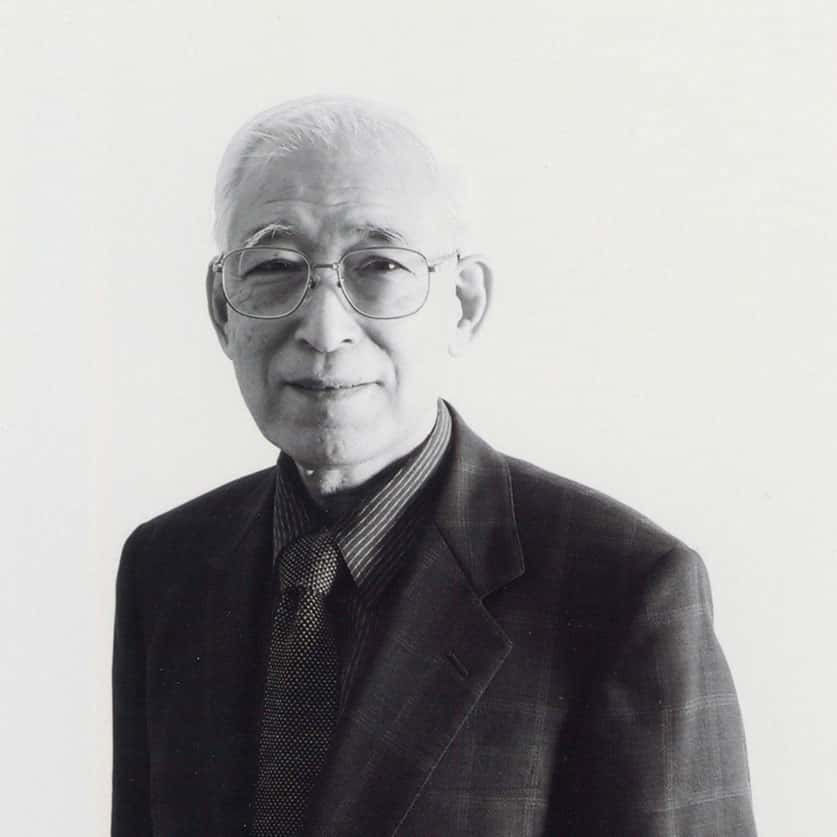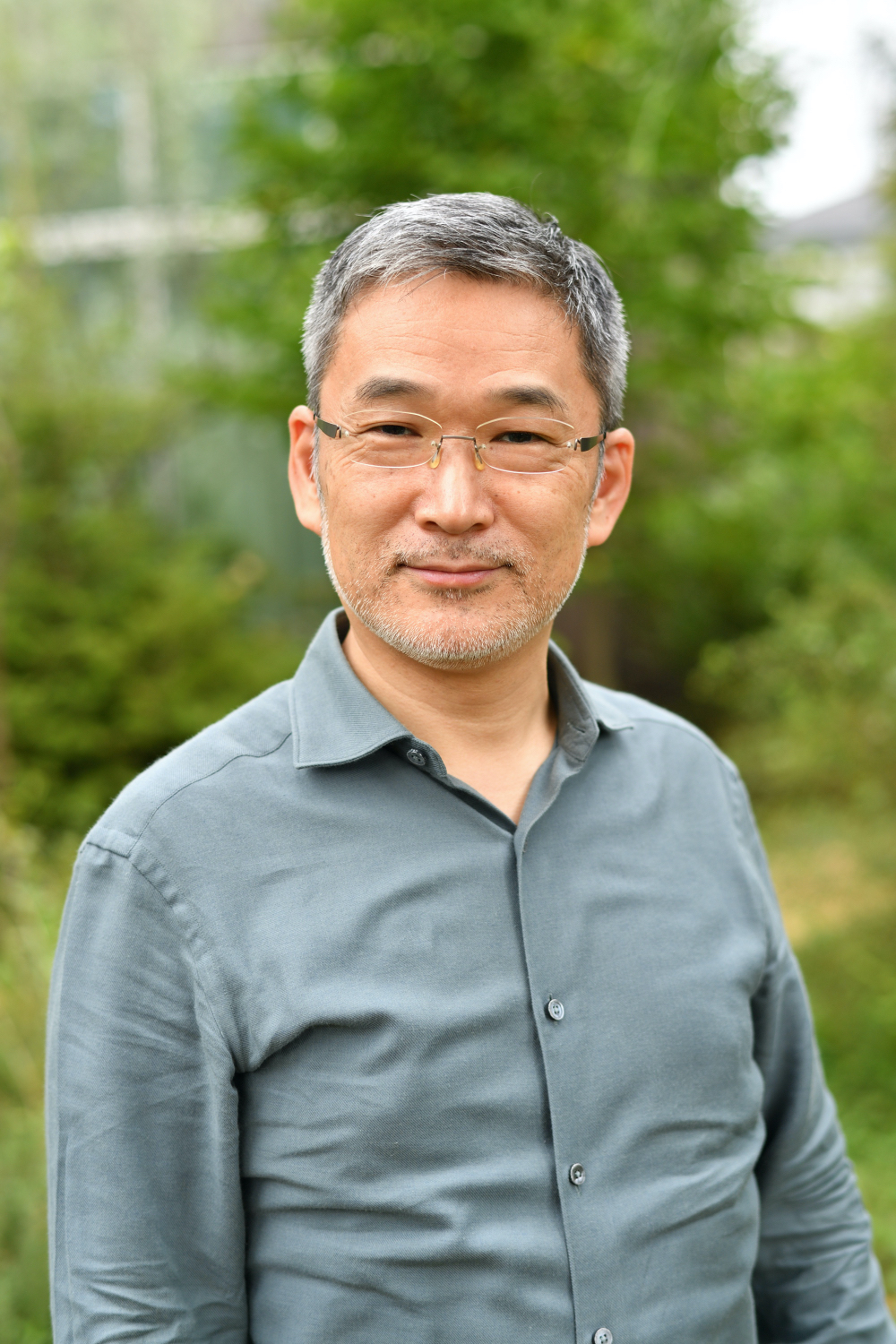Tokoen Story
Green Wise Co., Ltd. was founded in 1905 by Kamekichi Tamaru under the name "Tokoen." It was the first tree rental business in Japan. After over 100 years since the company started, we look back on its history with Masatoshi Tamaru, the second generation owner.

1905Founding

Founder Tamaru Kamekichi began working at Shinjuku Gyoen National Garden in his mid-teens, and went independent in 1905, at the age of 17. Named Shibuya Tokoen by his mentor, engineer Nishijima Hisakazu, he began a business offering rental plants, greenhouse plant cultivation, and landscaping. He was an honest and hard-working man, which earned him the support of those around him. He was also a man who valued his employees. If someone was in trouble, he had the generosity to help them at his own expense. He must have had a personal charm that drew people to him. He was physically strong, and I think he also had business acumen and foresight.

At the time, greenhouses were still rare in Japan. He built his own greenhouse in Ebisu and also attempted something innovative, producing company brochures.
1912Japan’s first business

In the Taisho era, after thinking about how to make a stable profit, he started Japan's first tree rental business. At that time, there were no trucks, so he had to pull a cart to transport the trees to the downtown area.

The steep slopes of Roppongi were a challenge, but Kamekichi, who had risen to the rank of ‘ozeki’ in amateur sumo, is said to have continued to pull the cart in silence, using his naturally strong body. At the time, large plants were placed in pots made of Shigaraki ware or similar, which would be so heavy that even two people today would not be able to carry them. The craftsmen of the time carried them easily by themselves. There is also an anecdote that Kamekichi himself became a promoter, inviting professional sumo wrestlers to Hikawa Shrine to hold a grand sumo tournament. Kamekichi himself would say, "If I were a little taller, I would have been a sumo wrestler.”

He bought horses and oxen with the money he had saved, and started to use them to pull carts, which expanded his business even further. Kamekichi and his wife Hana were a truly great team. Hana was able to provide good support to Kamekichi, who was not good at accounting, and together they built Tokoen in its early days.
1921The first big job

In 1921, we were in charge of the ground-breaking ceremony for Meiji Shrine. The forest surrounding the shrine is actually an artificial forest. Tokoen was one of the companies that planted 50,000 trees in the forest. At that time, we also worked on the decoration of the display using plants. Even back then, we were already starting innovative business.
1923The first test

However, whether by a twist of fate or a test from God, in 1923, an unprecedented disaster struck Tokyo - the Great Kanto Earthquake. All the rented plants were devastated, the greenhouse was damaged, and everything was lost. Even Hana, who had a strong will, is said to have become neurotic.

With an indomitable spirit, they overcame the difficulties, rebuilt the company, and at the end of the Taisho era, imported the latest Model T Ford from America. Kamekichi, who loved new things, drove around Tokyo pulling a truck that he had a carpenter make. It was one of the first trucks made in Japan, and it was loaded with plants. It was a memorable restart for Tokoen.

At first, the truck was painted a mixture of black and brown, colors commonly used for the Emperor's official vehicle. However, the Metropolitan Police Department complained, so the plan was abandoned. After some thought, Kamekichi's younger brother, who later became an art dealer, suggested that they repaint it orange. This color stood out against the green plants, and helped promote the idea that "orange cars are Tokoen.”
1926Rough seas of the times

As the Showa era began, the number of clients and the demand for rental trees increased so the company expanded into Ginza and Marunouchi. The number of companies in the same business grew, and as a result, a price war broke out. Consequently they gathered together to form Japan's first Tokyo Rental Tree Business Association, and Kamekichi became its chairman.

Just as the company was expanding steadily in step with the development of Japan, a major change that shook the whole of Japan came. The Pacific War began. Air raids started in Tokyo, and people no longer had time to work. Renting plants became a luxury, and the company closed down. After making a difficult decision, they pulled all the plants out of the soil and disposed of the pots. They had a large amount of land, so they grew rice and vegetables to provide food, and got through the difficult times.
1945Post War reconstruction

After the war, the company reopened in September 1945. Encouraged by the Tokyo residents, who were starved of greenery, the company took another step forward. In 1947, the landscaping division was spun off and established as Tokoen Greenery Co., Ltd. Tamaru Hiroshi, the eldest son, became president.

In 1953, we started landscaping for television stages, starting with renting trees to NHK. At first, the stage was built by a set-maker, but Kamekichi was upset that the plants were being treated so poorly, so our company took over the landscaping as well. Thanks to this, our technical skills and sense have been highly valued to this day.
1963As a pioneer

In 1963, we constructed the first artificial soil in Japan using the Pearl Loam method on rooftops and other areas. We have demonstrated our capabilities in indoor landscaping at Takashimaya department stores nationwide, as well as in planting work and event decorations at various locations. Our pioneering techniques have earned us recognition and trust from all quarters.
To me, my father, Kamekichi, was exactly what he appeared to be, both at work and in his private life. Even though we didn't say much to each other, he taught me through his actions. I learned through my body what work is, and above all, how to live with plants. Having been raised on a farm since I was a baby, work was the family business for me. After graduating from university, I worked in television design before joining the company in 1958, and my life is the history of Tokoen's development. We don't do "cheap means bad." We only do work that we are satisfied with. If we make good products, our clients will be happy. This belief and philosophy was inherited from Kamekichi and lives on in the genes of each and every employee today.
2002〜In 2002, the company changed its name from Tokoen to Green Wise Co., Ltd., and has continued to grow as a leading company in the industry.

Looking back, this company is marked by a history of flowers and greenery that are ahead of the times. I believe this is proof that the genes of Tokoen, which have been passed down from the first president, Kamekichi Tamaru, are still alive and well.
We believe that genes can only be passed down through continuous evolution. Therefore, in order to provide people with a life where flowers and greenery are closer to them, we will continue to evolve and take on new challenges, working hand in hand with our employees and many other people, even into the 21st century.
It has been over a century since Kamekichi Tamaru founded the company as a teenager. We would like to express our gratitude to all the people and plants who have supported us over the past 100 years.
Yuichi Tamaru, Third Generation